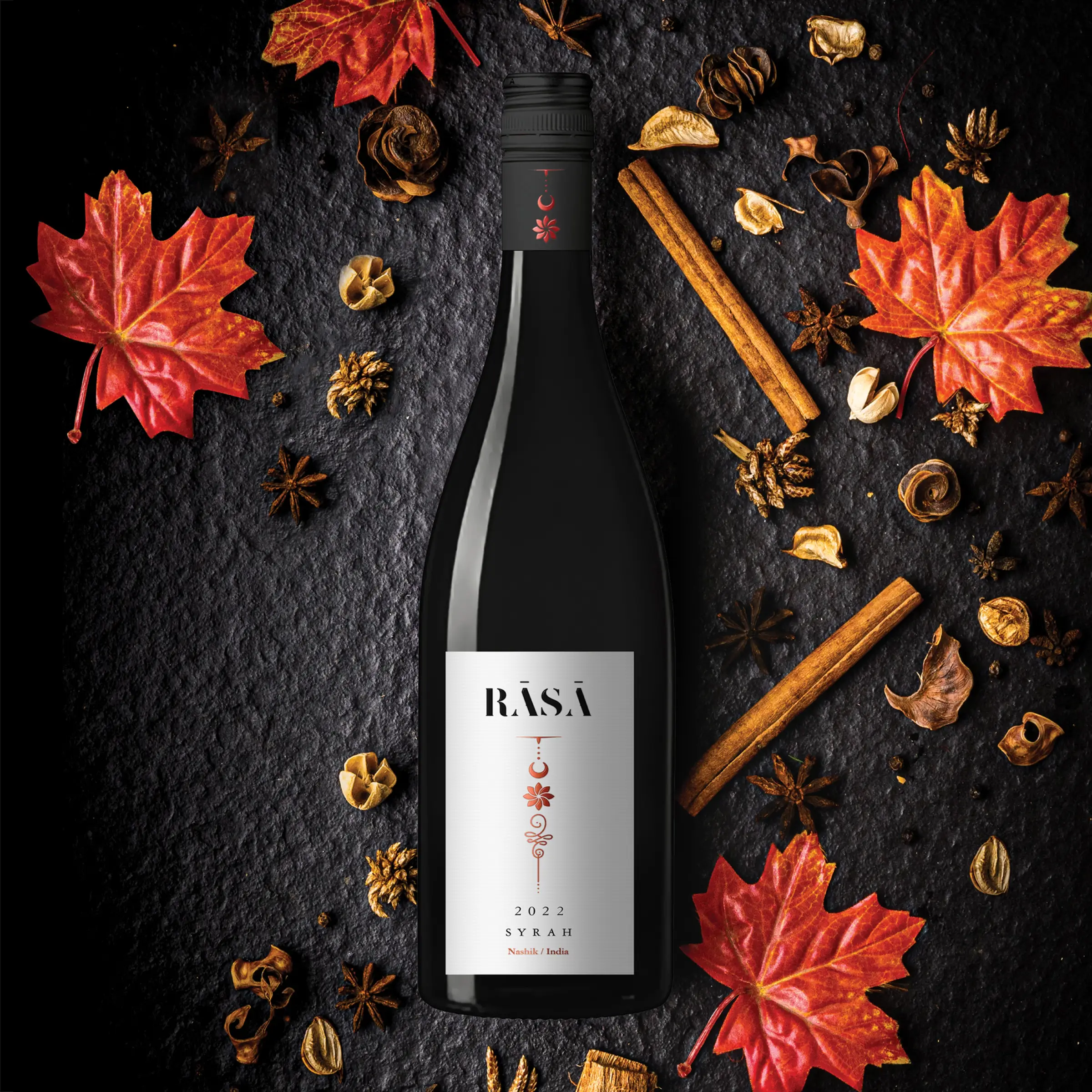The world of wines can sometimes be confusing, with a list of different regions and grape varieties, it can be quite a task to understand the difference. And then, when the same grape variety is known by two different names, like Syrah and Shiraz, it can be very interesting to understand how the wines are different. So here we are, to unveil the mystery behind these two names.
Shiraz and Syrah are the SAME GRAPE VARIETIES!
Yes, they are the same grape varieties, but the same grape variety is used to make wines of different styles in different parts of the world. So how do we differentiate between them?
Syrah, as opposed to Shiraz, is mostly referring to the wine style from the Old world region, which is comparatively lighter-bodied and leaner wine with fine tannins, whereas,Shiraz red wine refers to the wine style introduced in Australia and now produced in all New World countries, is a full-bodied, intense and richer wine with riper aromas. Whilst this difference is also because of the microclimates in the regions, it is also a decision made by the producer depending upon the style being produced.
Origin of Syrah/Shiraz
The origin of this grape variety was a huge debate until 1998, when a DNA testing proved it to be indigenous to France belonging to the family of Mondeuse Blanche and Dureza. Viognier and Pinot Noir also are closely related to Syrah and hence, these are one of the most feasible choices for blending. Rasa, being one of the best red wine brands in India, has tried to use the same concept and blended Syrah with Viognier to bring to you the “Rasa Syrah” with rich, powerful, and slightly peppery notes, which makes it the best red wine in India to pair with any Indian food.
How to recognize if the wine in your glass is a Syrah or Shiraz red wine?
Syrah, the vine coming from France, produces wines that are comparatively light bodied as compared to a Shiraz, wines with brisk acidity and opaque to look at. The alcohol levels may range from medium to high (about 13-14%) with softer and mellow tannins. The flavors in a Syrah can range from charred, barbeque to floral violet notes with white and black pepper flavors. Ageing for Syrah results in it taking up flavors like baking spice and vanilla from the oak. Syrah is the more elegant and savorier of the two.
Whereas Shiraz, coming from the hotter wine regions, has riper vines, producing full-bodied, dry wines with comparatively higher alcohol levels and more gripping tannins. Shiraz has a more purple-red hue when young which is so dense that seeing through it is almost impossible. It will give you more cooked-berry aromas of black fruits, and smoky notes with black pepper finish is a trademark of a Shiraz. Shiraz tends to be more fruit-forward.
RED WINE BRANDS IN INDIA WORTH TRYING
According to a wise man; What grows together, goes together. Most Indian food, being high on spices and flavors, can be an amazing pair with an Indian Shiraz like Dindori Reserve Shiraz, which gives you spicy and smoky aromas. The Sula Sparkling Shiraz is also a great try if you are looking for a bubbly red to pair with comparatively lighter meals. With all your Indian style Chinese meals or the rainy season fritters, do not forget to open a bottle of Dindori Reserve Shiraz, one of the best red wines in India.
How to serve your Syrah/Shiraz?
All wines can be enjoyed at a certain temperature, which is when their true character can be portrayed. Like all red wines, Syrah or Shiraz needs to be served at “room temperature,” which in India can be very misleading. So, to be exact, they should be served at around 15-18 degrees Celsius. It is important that the wine is not served at any higher temperature as warmer wines can make the alcohol taste hot and put off all the peppery notes, making it a dull wine. If served too cold, the aromas might be muted, and the wine might taste watery.
A Syrah or Shiraz might need some decanting, to openupthe aromas as it is a fuller-bodied wine, although it might be very subjective to the winemakers’ style. You can use a standard red wine glass to serve this wine to optimize its flavor profile. If you do not finish your bottle, make sure to store it well so it does not oxidize, and at times like these, bottles with screw caps are your savior!







